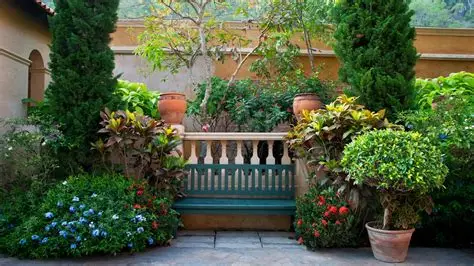- ENTERTAINMENT
The 10 Best Zombie TV Programmes Ever Made


For many home gardeners, the dream of a vibrant flower garden often clashes with the reality of time constraints and upkeep. Fortunately, low maintenance perennial flowers offer the perfect solution. These hardy plants return year after year, require little care once established, and reward you with colorful blooms throughout the seasons.
In this guide, you’ll learn the definition and benefits of low maintenance perennials, discover the top varieties for any garden, and find step-by-step care instructions, seasonal checklists, and troubleshooting tips to help your garden thrive with minimal effort.
Perennial flowers are plants that live for more than two years, blooming season after season. Unlike annuals that need to be replanted every year, perennials establish strong root systems and return with fresh growth each spring.
When we say low maintenance perennials, we’re referring to varieties that thrive with minimal care. They usually adapt to a wide range of soil and climate conditions, require less frequent watering, and resist common pests and diseases.
Low maintenance perennials come with multiple advantages:
For busy homeowners or novice gardeners, these flowers make gardening enjoyable rather than overwhelming.
Here’s a curated list of some of the best options for easy, reliable color in your garden:
| Flower Name | Scientific Name | Bloom Time | Deer Resistant | Drought Resistant |
|---|---|---|---|---|
| Daylily | Hemerocallis spp. | Summer | Yes | Yes |
| Black-eyed Susan | Rudbeckia hirta | Summer to Fall | Yes | Yes |
| Peony | Paeonia spp. | Late Spring–Early Summer | Yes | No |
| Catmint | Nepeta spp. | Summer | Yes | Yes |
| Lavender | Lavandula spp. | Summer | Yes | Yes |
| Coreopsis | Coreopsis spp. | Summer | Yes | Yes |
| Sedum | Sedum spp. | Late Summer to Fall | No | Yes |
| Astilbe | Astilbe spp. | Summer | No | No |
| Hosta | Hosta spp. | Summer | No | No |
| Shasta Daisy | Leucanthemum × superbum | Summer | Yes | No |
| Russian Sage | Perovskia atriplicifolia | Summer | Yes | Yes |
| Butterfly Bush | Buddleja spp. | Summer | No | Yes |
| Blanket Flower | Gaillardia spp. | Summer to Fall | Yes | Yes |
| Yarrow | Achillea millefolium | Summer | Yes | Yes |
When selecting perennials, tailor your choices to your environment:
Even low maintenance flowers need some care to thrive. Follow these simple steps:
Spring
Summer
Fall
Winter
Even resilient perennials face challenges. Here’s how to fix them naturally:
Must-Have Tools:
Safety Tips:
Low maintenance perennial flowers allow you to enjoy a vibrant, colorful garden with minimal work. By choosing hardy varieties like daylilies, lavender, or black-eyed Susans, following simple care routines, and staying on top of seasonal tasks, you’ll create a thriving garden that blooms year after year.
With a little planning, your outdoor space can become a low-stress, high-impact oasis that adds beauty to your home and joy to your life.